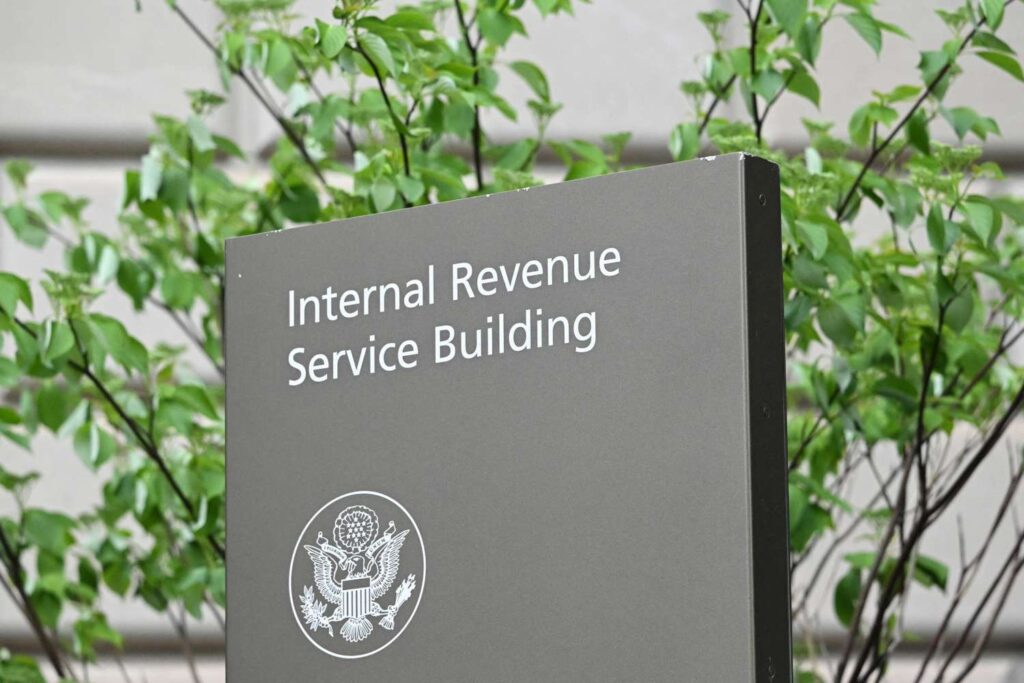KEY TAKEAWAYS
- The IRS announced that the tax brackets for the 2026 tax year increased by about 2.3% to keep up with inflation and ensure that Americans pay the same proportion of taxes.
- The “One Big, Beautiful Bill” retroactively increased the standard deduction for the 2025 tax year. For the 2026 tax year, the increase is expected to be approximately 2.2%.
- Other tax credits, such as the Earned Income Tax Credit and the Estate Tax Credit, have similarly increased to reflect inflation rates.
On Thursday, the IRS announced the new tax brackets for the 2026 tax year.
The tax bracket income levels for 2026 taxes, which are filed in 2027, have increased to reflect the inflation of wages. Other changes from the “One Big, Beautiful Bill,” also known as OBBB, have been made to tax credits and deductions, some of which will save Americans money on their tax bill.
Why This Matters to You
Understanding the annual changes to tax brackets and deductions will help inform your decision-making around your household budget, investments, and other financial matters in the new year.
For 2026, tax brackets increased by a little less than 2.3%, which is smaller than the adjustment made last year. The yearly increases are intended to ensure Americans always pay the same proportion of taxes on their income. So, unless you get a raise of more than 2.3% in 2026, you won’t be taxed at a higher rate.
The 2026 Tax Brackets Have Increased by About 2.3%
Tax Rate
2025 single or married filing separately
2026 single or married filing separately
2025 married, filing jointly
2026 married, filing jointly
37%
$626,351 or more
$640,601 or more
$751,601 or more
$768,701 or more
35%
$250,526-$626,350
$256,226-$640,600
$501,051-$751,600
$512,451-$768,700
32%
$197,301-$250,525
$201,776-$256,225
$394,601-501,050
$403,551-$512,450
24%
$103,351-$197,300
$105,701-$201,775
$206,701-$394,600
$211,401-$403,550
22%
$48,476-$103,350
$50,401-$105,700
$96,951-$206,700
$100,801-$211,400
12%
$11,926-$48,475
$12,400-$50,400
$23,851-$96,950
$24,801-$100,800
10%
$11,925 or less
$12,400 or less
$23,850 or less
$24,800 or less
Scroll to the left to see more data.
The OBBB expands on President Donald Trump’s Tax Cuts and Jobs Act, and retroactively increases the standard deduction for 2025 taxes, which will be filed in April. The bill increases the 2025 deduction for single taxpayers and married individuals filing separately by $750, $1,125 for heads of households, and $1,500 for married couples filing jointly.
The standard deduction, which is used by those who do not itemize their deductions, is increasing by about 2.2% for the 2026 tax year.
The 2026 Standard Deduction Increased By About 2.2% from Last Year
Tax Year
Single or married filing separately
Married filing jointly
Heads of households
2025
$15,750
$31,500
$23,625
2026
$16,100
$32,200
$24,150
The numbers listed reflect an increase in the 2025 standard deduction and the inflation increase for 2026.
Some of the other tax items that have been adjusted for inflation and the OBBB:
- Earned Income Tax Credits: This credit lowers the tax bill for taxpayers with children whose income is below a certain threshold. For 2026, the maximum amount of credit that can be taken out increased by $185 to $8,231.
- Alternative Minimum Tax Exemption: For 2026, the exemption amount for single taxpayers rose by $2,000 to $90,100, and for married couples filing jointly, it rose by $3,200 to $140,200. However, the OBBB restricts who can utilize the exemption by lowering the income level at which it phases out.
- Estate Tax Credit: Taxpayers who receive assets or money from a descendant who dies in 2026 can exclude up to $15 million from their taxes, up by more than $1 million from 2025.
- Adoption Credits: Those who adopt a child in 2026 can claim up to $17,670 in adoption expenses, up by $390 from 2025.

